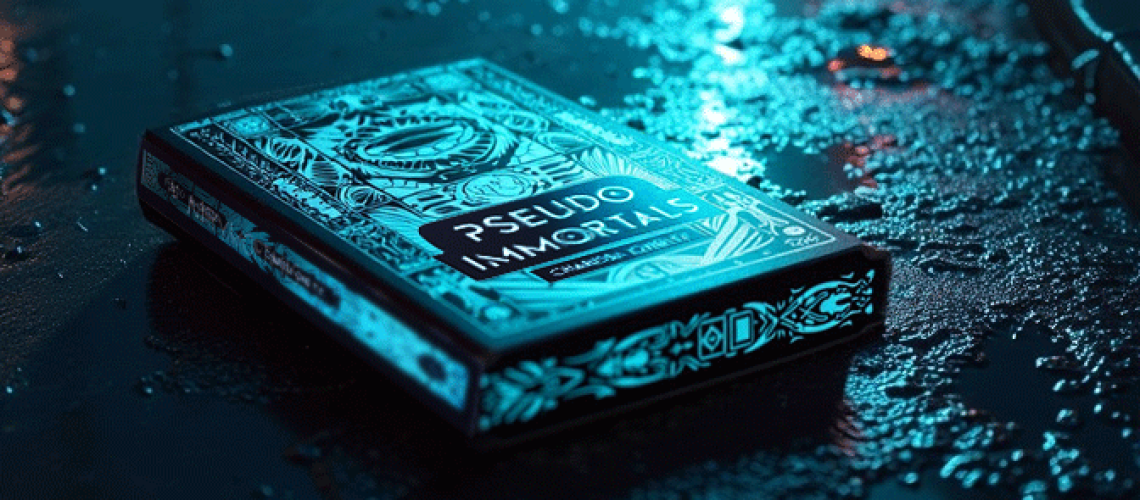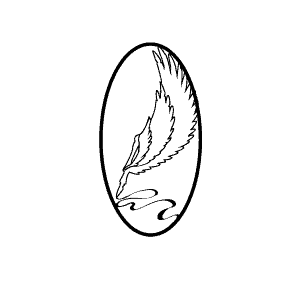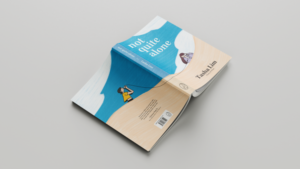Charissa Ong has captivated readers with her heartfelt poetry for years, but now, she’s embarking on an exciting new journey—her first novel. Stepping into the sci-fi genre, Pseudo-Immortals unveils a whole new side of her storytelling—one that’s bold, thought-provoking, and deeply immersive. This shift marks a thrilling evolution in her writing career, offering longtime fans and new readers a fresh perspective on her creativity. Join us as we dive into Pseudo-Immortals and explore the world Charissa has brought to life in her sci-fi debut!

1. What drew you to the sci-fi genre for your debut novel?
I had an inkling that I wanted to write a novel, but I wasn’t sure what genre. I explored different genres in my poetry book, and one reader singled out Pseudo-Immortals short story as their favorite. That made me reflect—I wanted to give readers what they enjoyed, and it also felt like a natural fit for me. In my day job, I work in tech, and much of my work revolves around AI and the future. That’s why sci-fi felt so close to me as a genre—it aligns with my professional background and personal interests. I have a deep passion for the future, bionics, and bioethics, so I took courses to expand my knowledge and gain a deeper understanding of these fields. I’m fascinated by how people push boundaries, how the human body evolves, and the concept of natural selection—how we interpret it, enhance it, and even accelerate human development. I love understanding how the world works, and sci-fi gives me the perfect space to explore these ideas in a way that other genres don’t.
2. What inspired the core idea for this story? Was there a specific moment or thought that sparked it?
I’ve always been intrigued by bioethics and robotics—I studied them in college and even designed a wearable device for partying as part of my final paper.
The idea of enhancing the human body has always felt like a miracle to me, which is why I explored it so deeply.
My interest in wearables, bionics, and human advancement naturally shaped my writing. That passion ultimately led to the creation of Pseudo-Immortals, which was written in Spyderhill—my getaway when I need a quiet place to write. It all came together there.
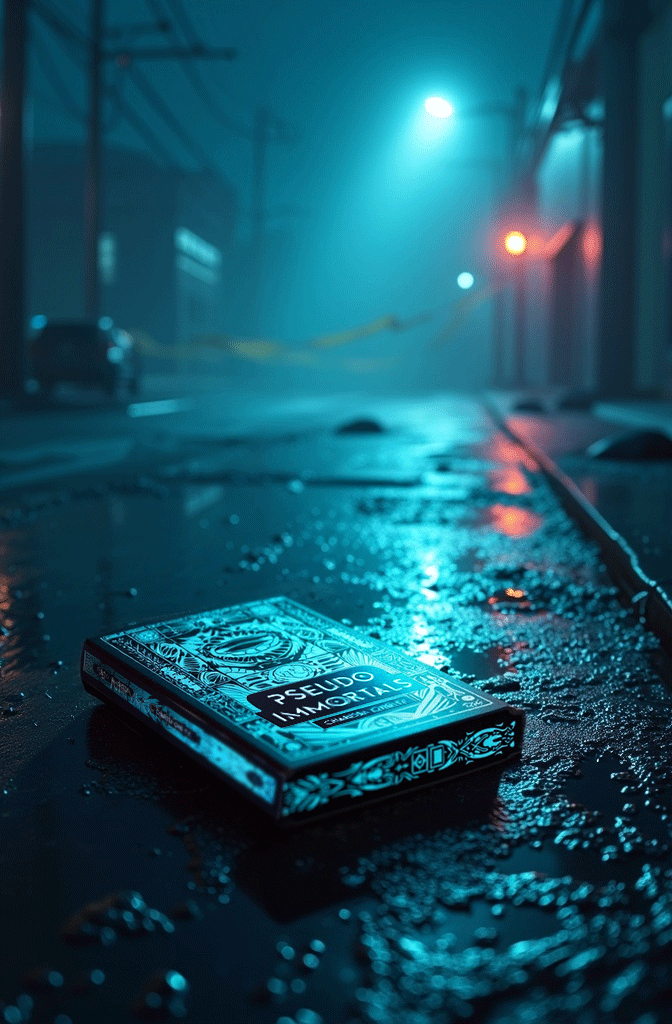
3. Transitioning from poetry to sci-fi is a big shift. What was that experience like for you?
Novels have a broader market, while poetry remains more niche. I’m always exploring different markets with my books—whether through educational content, tapping into the Malay market with Monolog Malam, or experimenting with merchandising by producing poetry pills—to see what works. I’m constantly experimenting and always eager to try something new.
4. Did you face any unexpected struggles while writing this book? Any writer’s block moments or scenes that were difficult to get right?
I don’t really experience writer’s block because I stick to a tight schedule. For example, I set a goal to write 300-400 words a day, and discipline keeps me moving forward. When it comes to scenes for the book, I don’t face issues either since I had already developed the short story in My Medicine, so the general outline was already there. The challenge was more about determining the right level of depth—making sure it didn’t feel too dragged out—and developing the characters effectively. It was a fun experience because the events seemed to unfold on their own. I felt more like a transcriber than a storyteller, as if the story was shaping itself rather than me consciously crafting it. I’m not sure if that makes sense, but that’s how it felt. As for writing in general, I don’t struggle with writer’s block. Plus, I enjoy the process, especially when I get to add my own humor along the way.
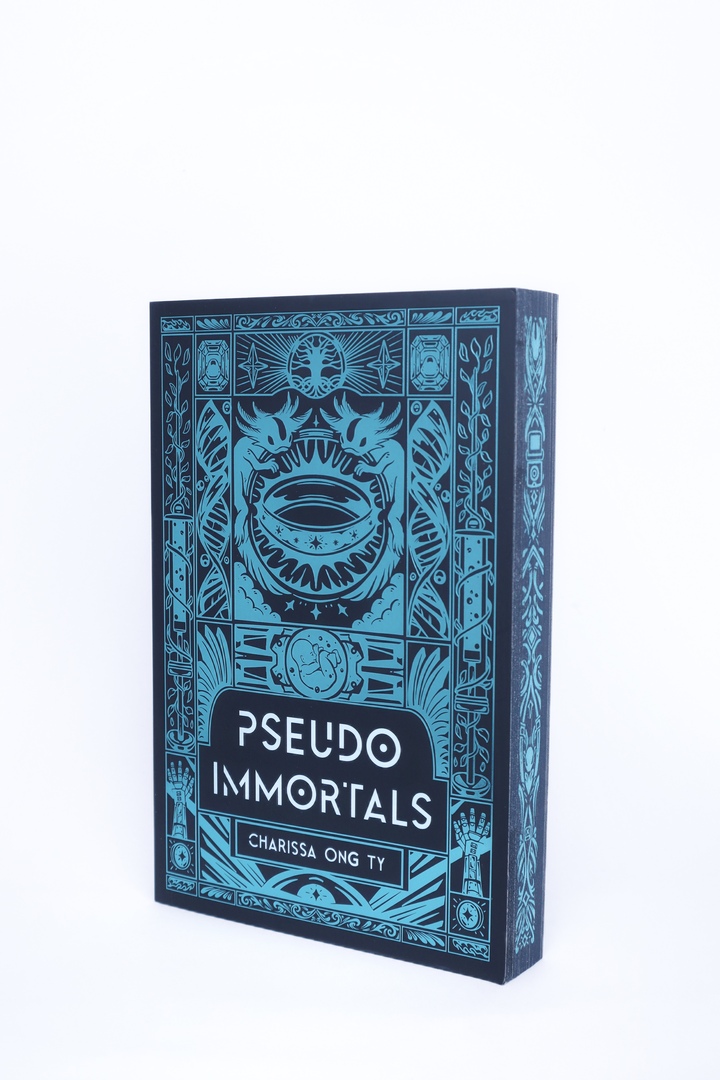
5. What was the biggest surprise you encountered while writing a novel compared to poetry?
The biggest surprise was that I actually finished it.
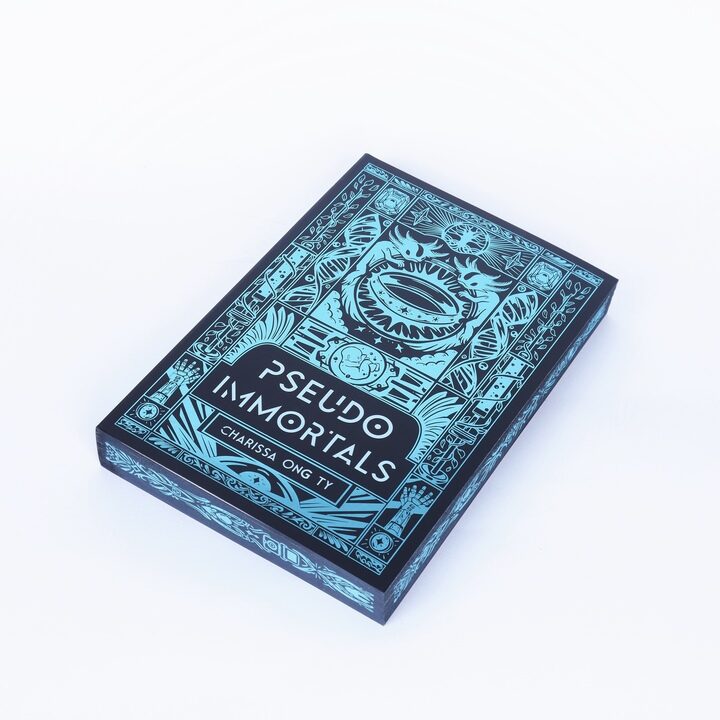
When I first started, the idea of writing a full novel felt daunting. I didn’t worry about whether it was good or bad at first—I just focused on getting it done. What really surprised me was how the events unfolded as I wrote. Since the story was based on a short story, I had a general idea of the ending, but I still managed to surprise myself with how it turned out. Looking back, I think my writing was influenced by what I was doing at the time—maybe even by the books I was reading. The novel ended up feeling more political and zoomed out in perspective. I’m really happy with how it turned out because it gave the story more depth compared to the short story version. It also opened the door for a potential second book. Ultimately, I want to carve my own space outside the typical fantasy crowd.
6. Who is your target audience for this book?
My target audience is Young Adult readers, but I specifically want to step inside the fantasy fiction crowd. That market feels oversaturated right now, with too many similar phases and trends. With sci-fi, I want to give young readers the opportunity to think bigger, to be more visionary. It’s an underrated genre, and I believe it has so much to offer.
I think readers should broaden their horizons and explore different genres—it helps open their minds and expand their perspectives beyond just romance.
7. With this novel, is Penwings expanding into different genres? Do you see yourself publishing more novels from other authors in the future?
We’re currently signing a historical fiction thriller, and we’re definitely looking for more novelists because we want to diversify our offerings. That’s something we’re actively exploring. Poetry will always be part of what we do, but moving into novels allows us to reach a larger audience and grow in new directions.
8. Can you give us a sneak peek into what Pseudo-Immortals is about?
The novel follows Shiela Patel, a 200-year-old woman known as a ‘Vintage’ because of her bionic arms and legs. She works at a factory called Build-a-Baby, where babies are manufactured. After two centuries of life, she starts feeling lonely and decides to make a baby of her own—especially since she gets an employee discount. These babies belong to a generation called Gen Regen. When they turn 30, they can go to a special clinic to preserve their youth. But on the day of her daughter’s 30th birthday, something goes terribly wrong—the entire generation mysteriously dies.. From there, she ends up going on an adventure with a man she met at a bar—someone her daughter set her up with—who also lost his son. Together, they set out to solve what happened, only to realize the issue is much bigger than they ever expected.
9. Gold is a recurring element in your book covers. Does this motif extend into your storytelling, and if so, what role does it play across your books?
It’s actually called hot stamping. Hot stamping has become a signature branding element for all my books. It gives them a classic, timeless feel—no matter what year you pick them up, they still feel relevant. All my books have a classic design to it.

